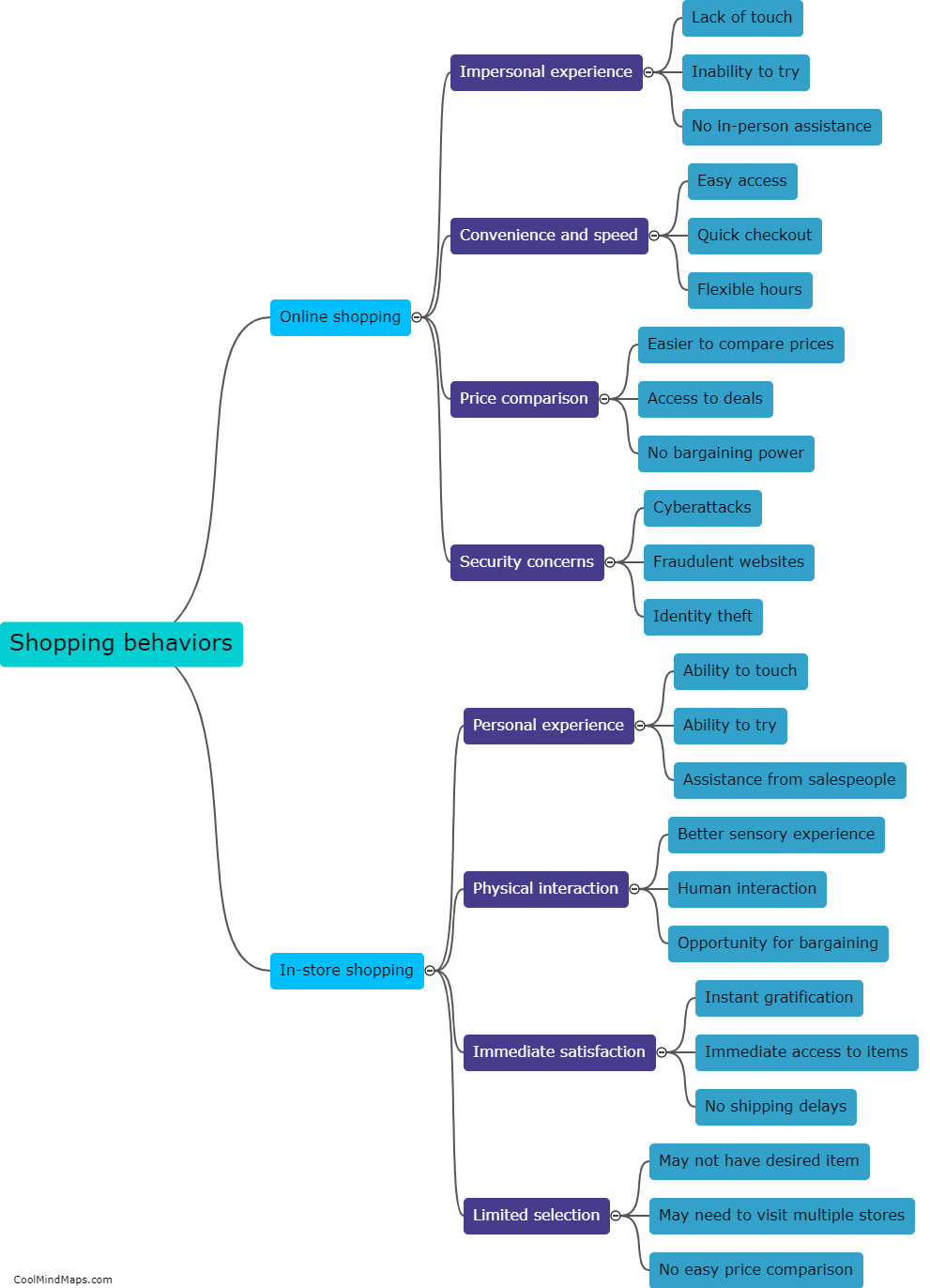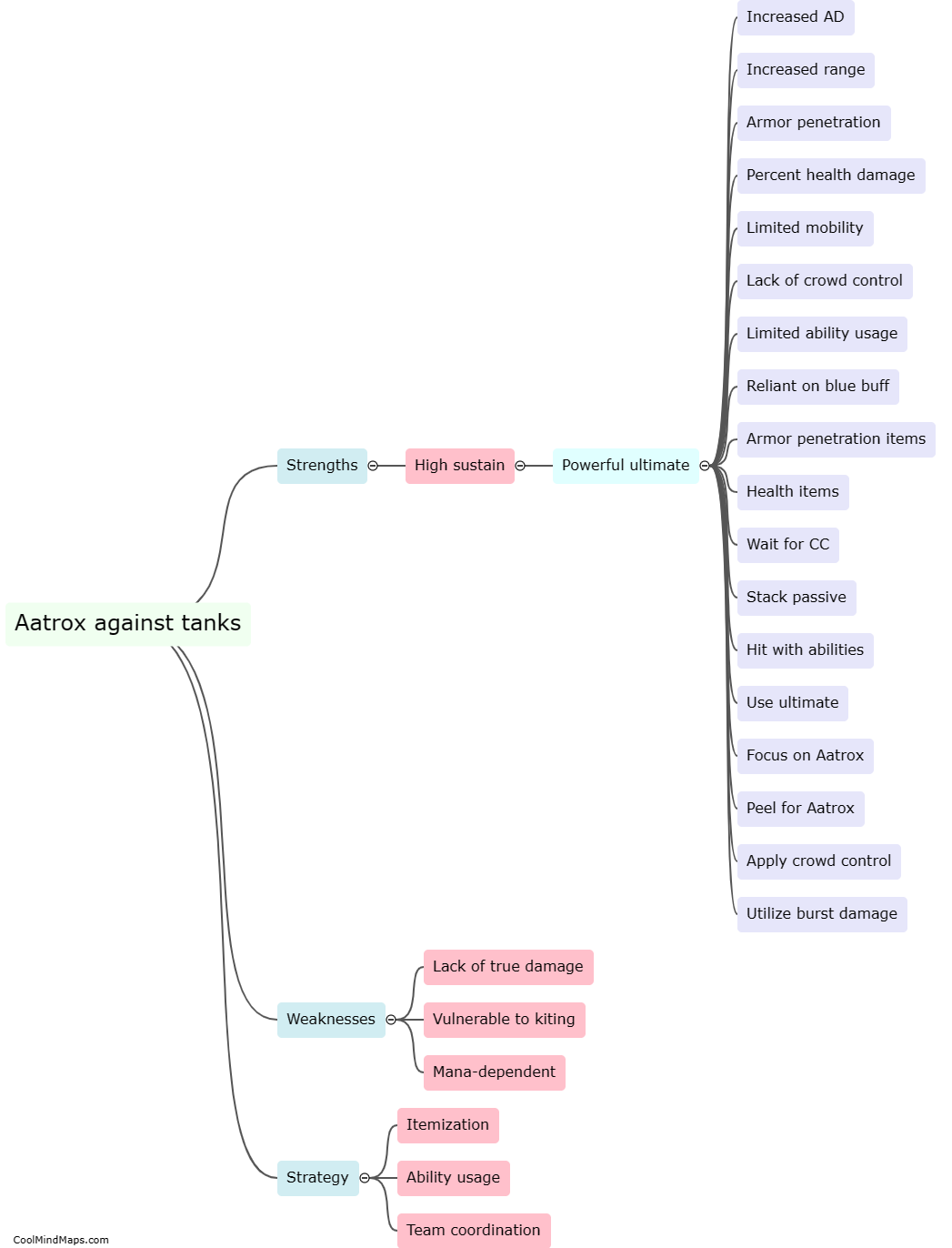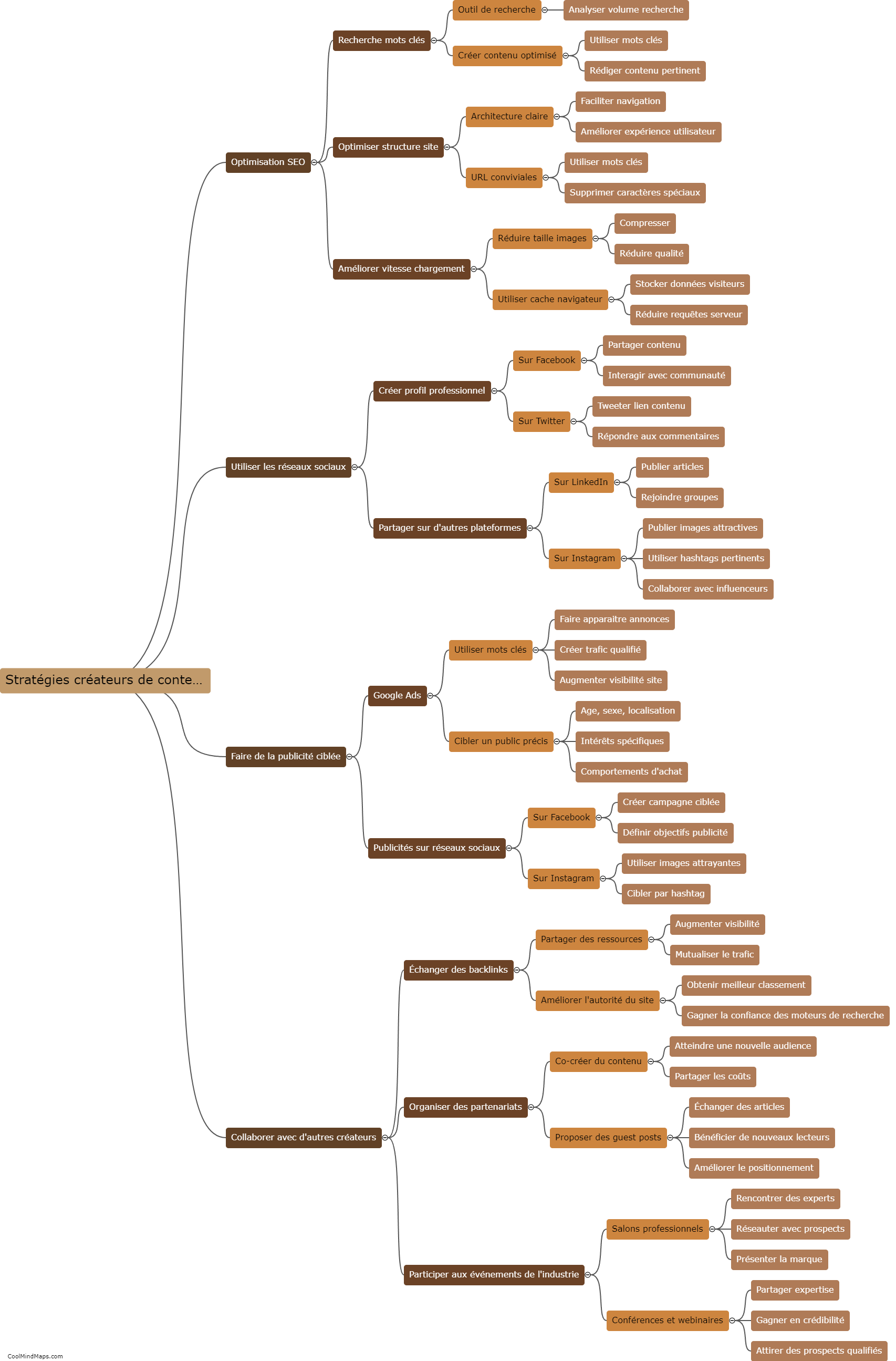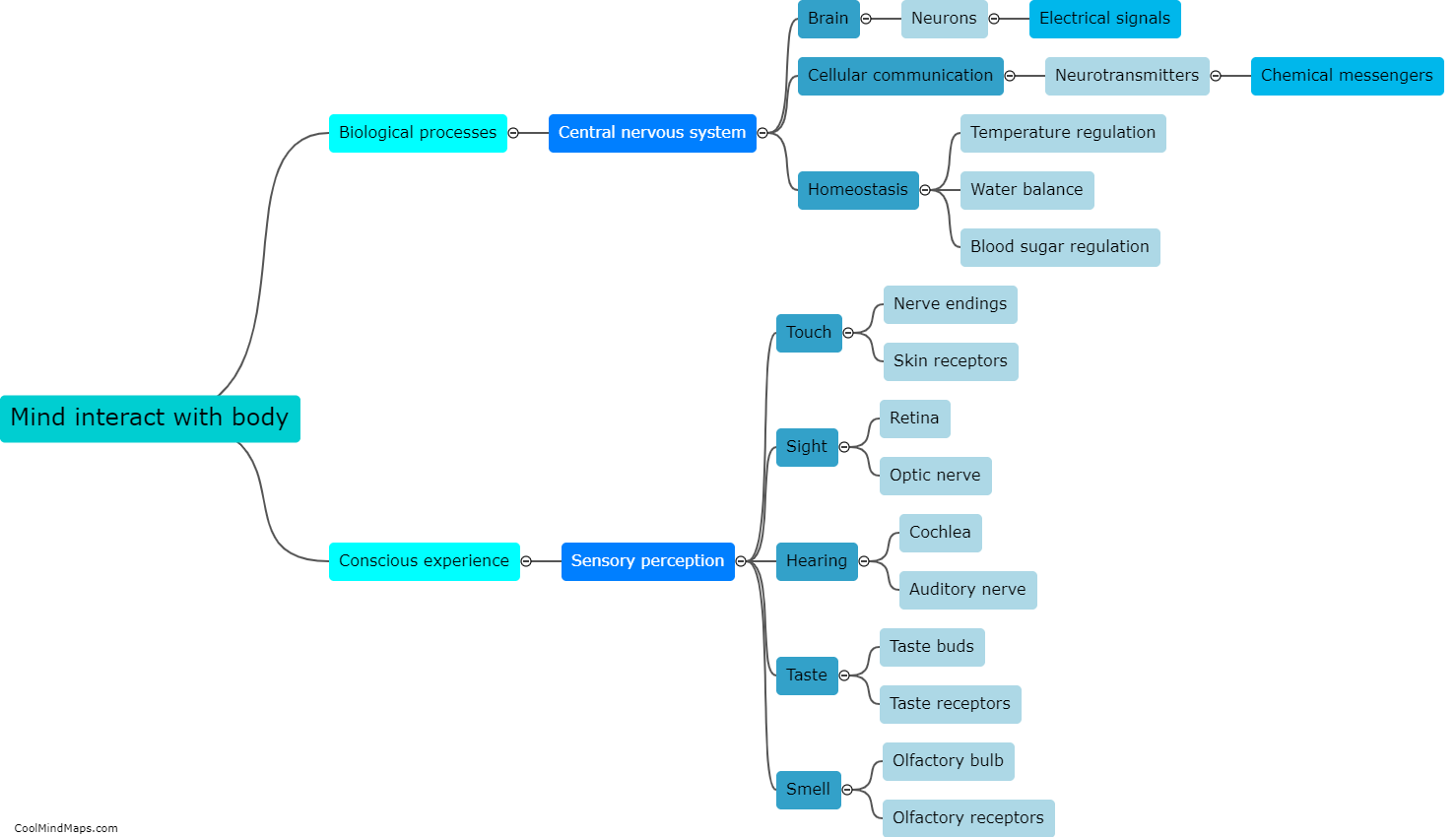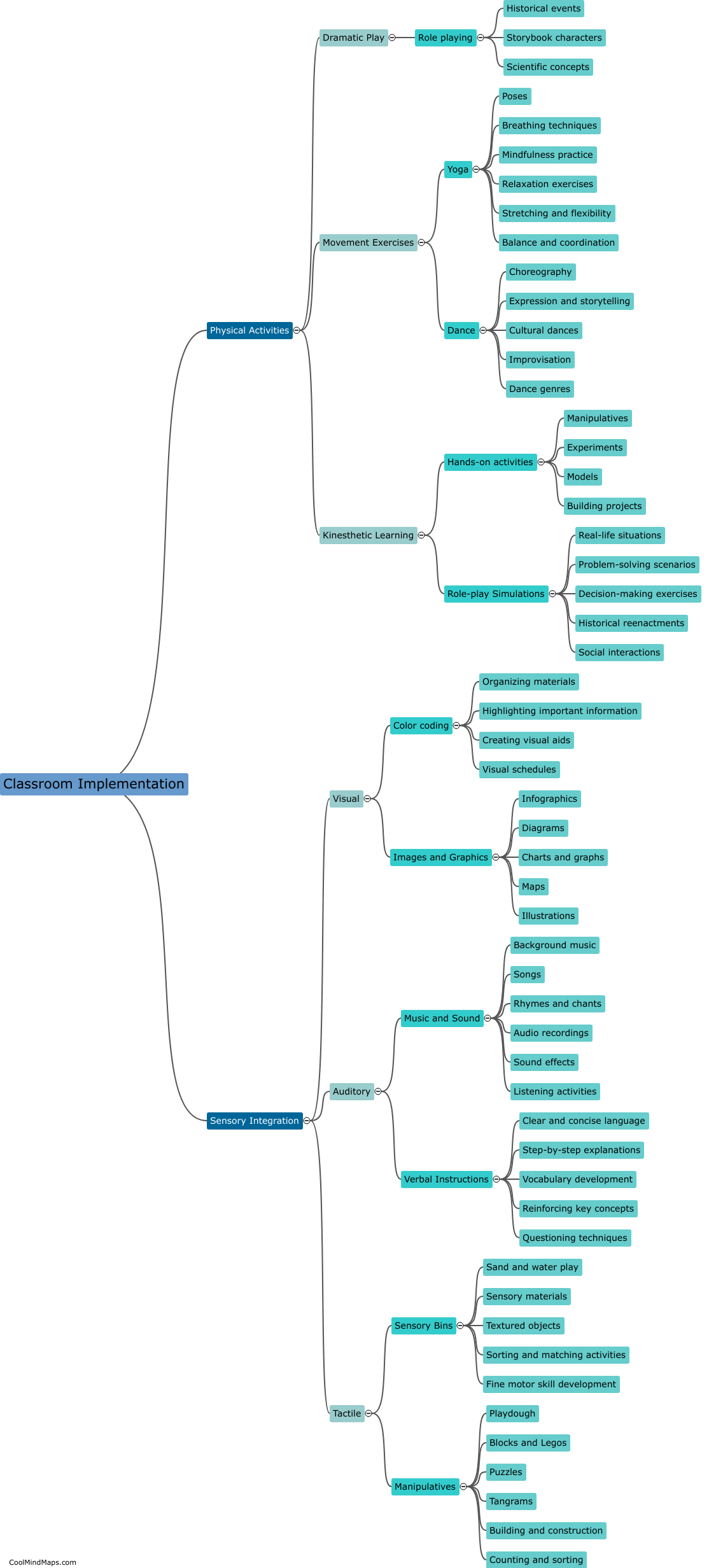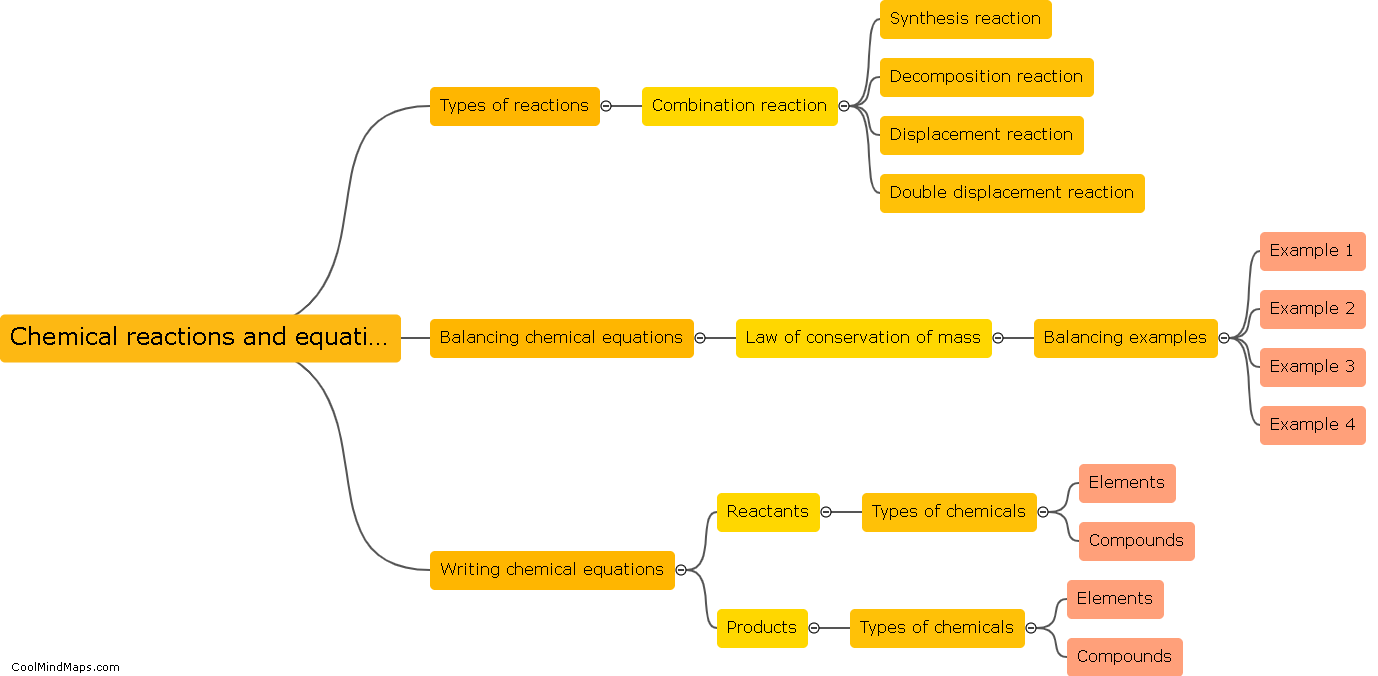What are the different seed dispersal mechanisms in plants?
Seed dispersal mechanisms in plants refer to the various ways through which plants ensure the dispersal of their seeds away from the parent plant, increasing the chances of successful germination and avoiding competition. Plants have evolved a range of strategies for seed dispersal, including wind dispersal, water dispersal, animal dispersal, and self-dispersal. Wind dispersal involves seeds being lightweight and equipped with specialized structures such as wings or hairs that allow them to be carried by the wind to distant locations. Water dispersal, commonly found in aquatic plants, involves seeds floating on water bodies and being transported to new areas. Animal dispersal involves seeds being ingested by animals and then excreted in a different location, leading to distribution through animals' feces. Finally, self-dispersal mechanisms include explosive fruits or pods that rapidly propel the seeds away from the parent plant, or seeds with barbs or hooks that attach to passing animals, facilitating transportation. These diverse seed dispersal mechanisms enable plants to colonize new habitats and maintain genetic diversity in their populations.
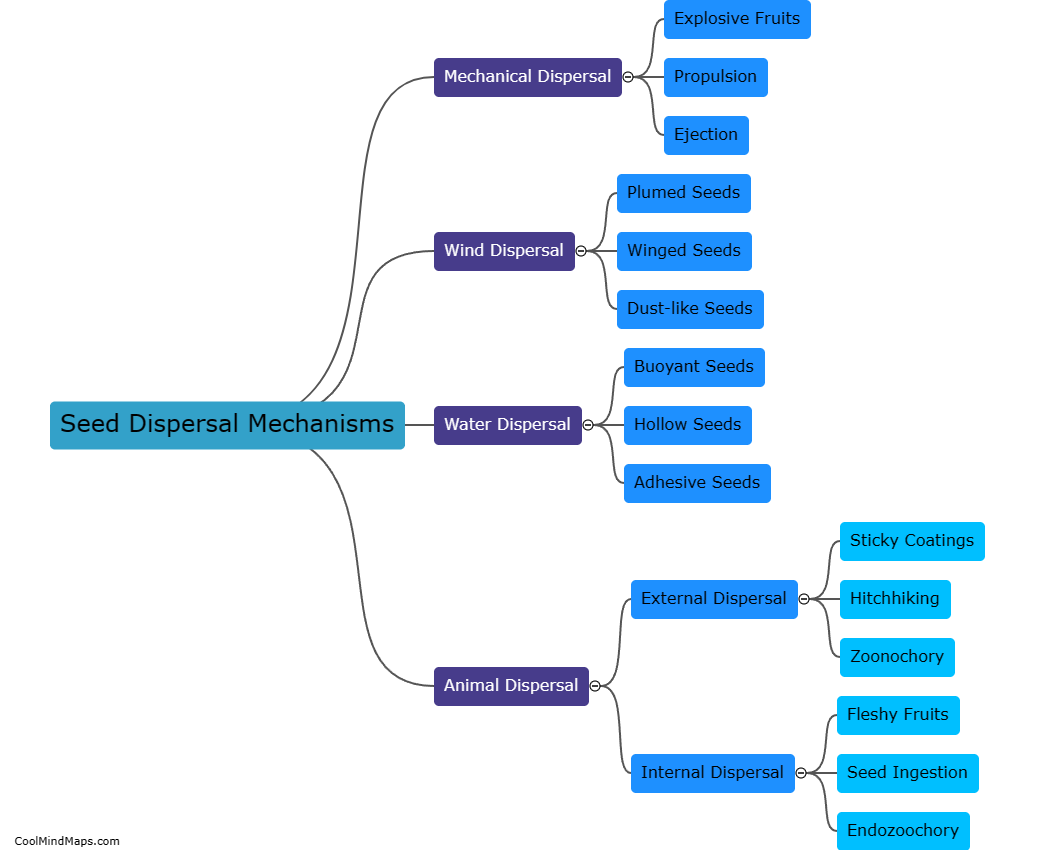
This mind map was published on 1 December 2023 and has been viewed 104 times.
